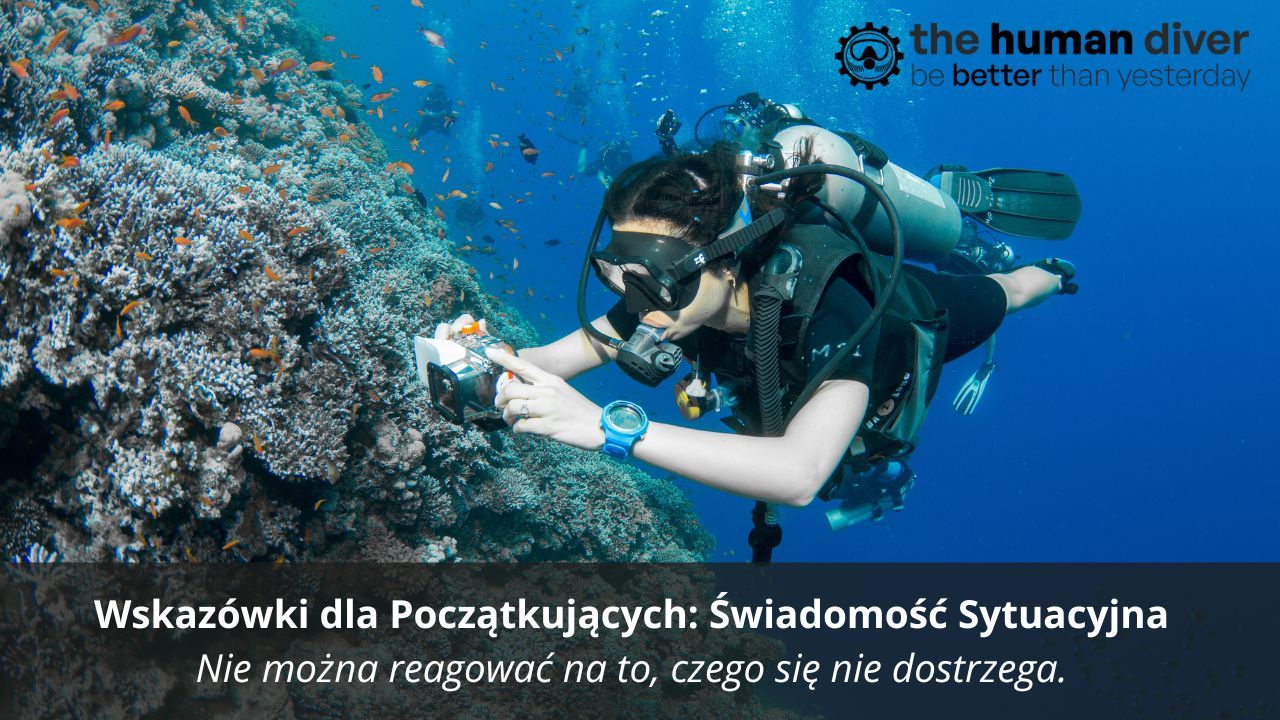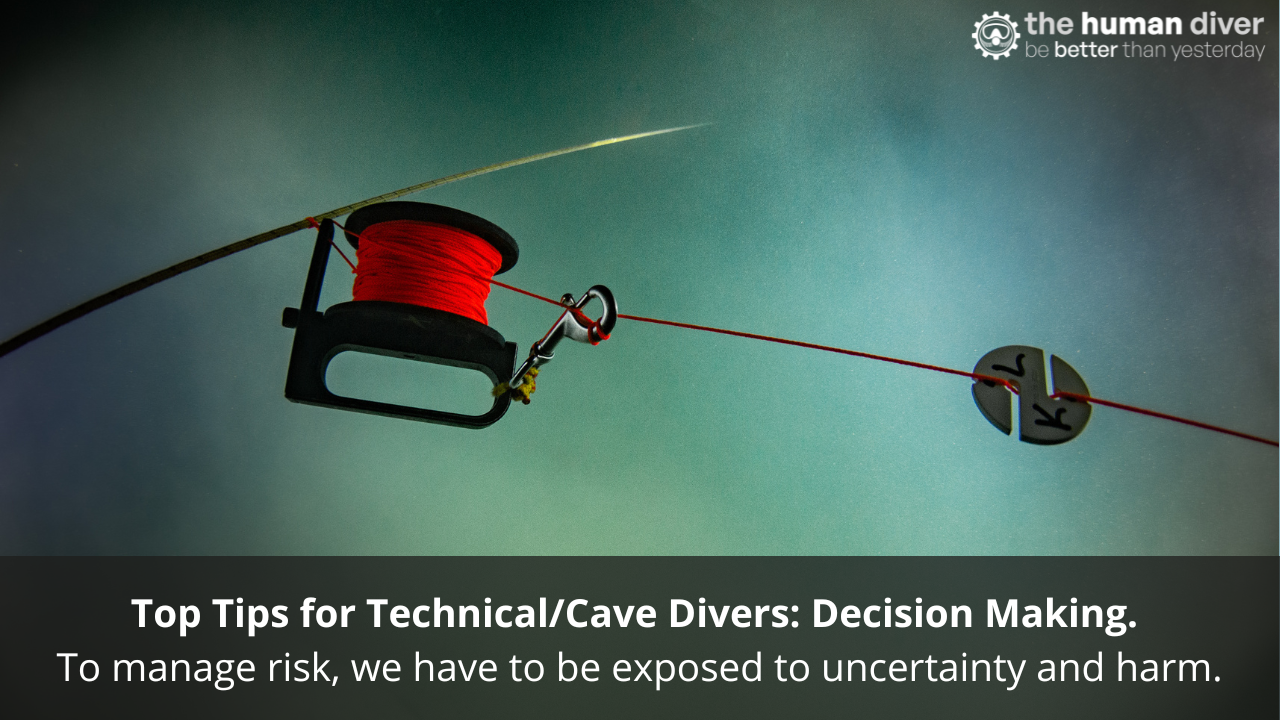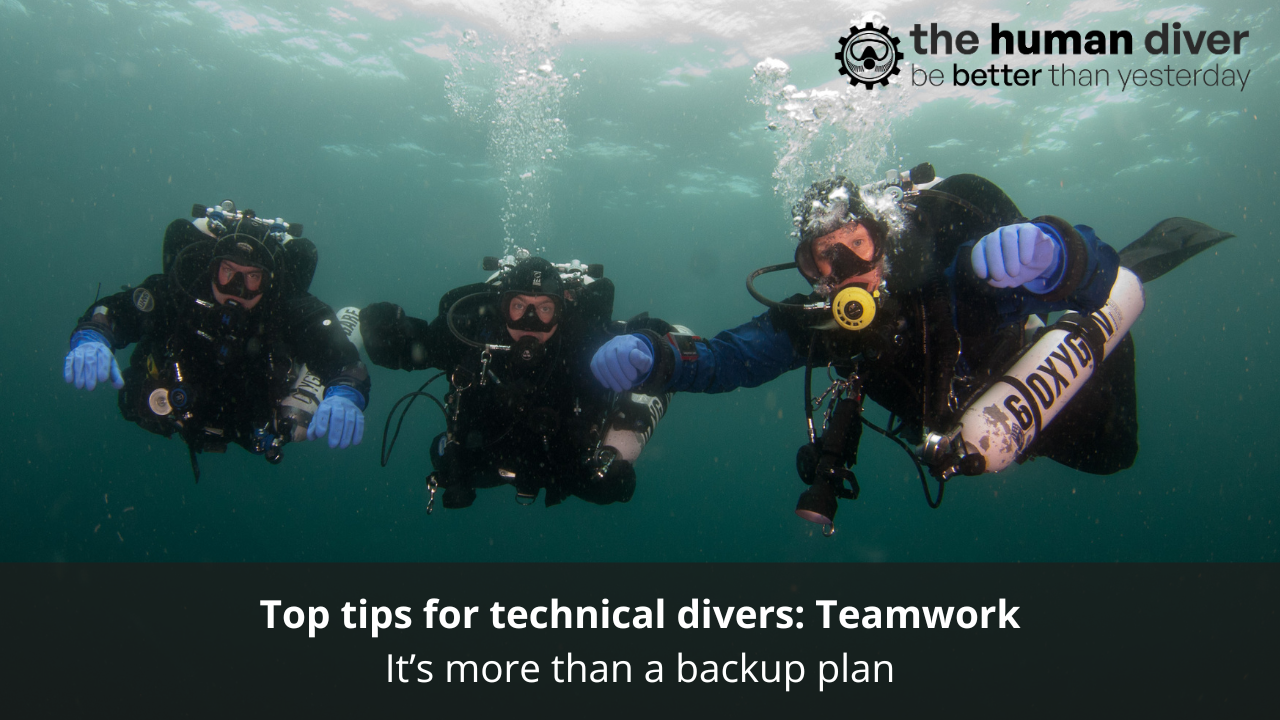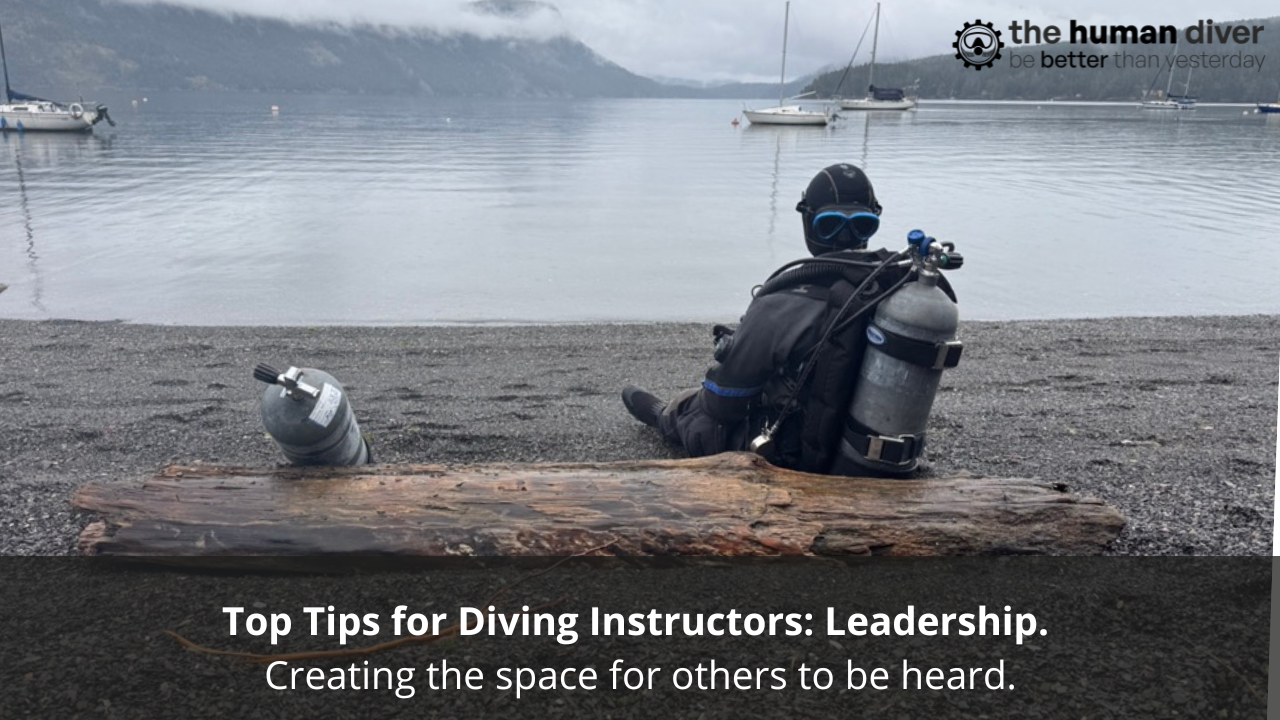
HF in Diving for Dummies: Part 4: Why don't we notice the things we see?
Sep 11, 2022Most of us have been accused of "not paying enough attention" at some point in our lives. As you'll see from this blog, however, it's difficult to pay more attention. Instead, we need to know what to pay attention to and what to do with that information.
Situation awareness is a combination of several things.
Number one is Perception. Perception means the things we see, hear and feel. It's the stage where we gather clues to our surroundings or environment. In diving these clues are things like looking at an SPG to see how much gas we have, hearing or seeing lots of bubbles from a leak, or feeling pressure on our ears as we descend. We have a limited ability to notice things around us. It’s impossible for humans to see, hear and feel everything that’s happening at any one time. Because of this, we subconsciously choose what information we gather. This is based on things that are relevant in some way to us, whether that’s because the thing is important, interesting or dangerous. It has somehow got our attention. However, because we have a limited capacity to gather information, it’s easy for us to miss things. We might be overloaded with other information or we might simply not realise that that particular piece of information is important at the time.
I was filming a diver one time, totally focused on getting the shot we’d set up. It was a fairly simple shot, just him descending but I needed to control my own descent speed to position myself at the right place relative to him. When I watched the footage back, later on, I saw a black thing appear at the top of the screen. On the second watch, I realised it was a manta ray swimming straight over the head of the diver I was filming. I’d been so focused on getting the shot that I’d entirely missed the giant creature swimming right in front of me!
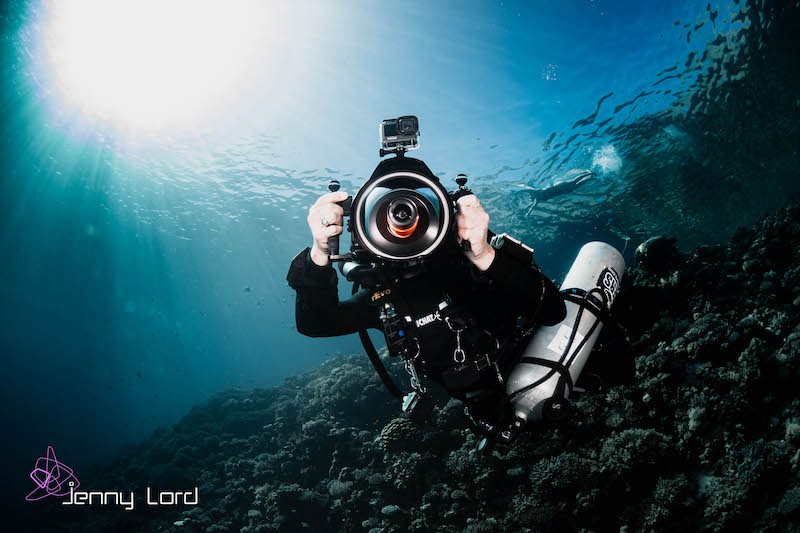
Part two of situation awareness is Comprehension. This is our ability to understand and think about what we have seen. An example of that is a dive instructor seeing a student flapping their hands. Depending how many other students the instructor has, how well they know them and how much experience the instructor has, depends on whether they will recognise that this could be the first signs of panic from the student. If there are other students who are struggling with something obvious like buoyancy, then the instructor might be “distracted” with that and not pick up on the clue. Someone may also see a clue but not understand what it means. Students may not react to a difficult or dangerous situation because they don’t comprehend what that clue means.
The final part is Projection. To have full awareness we need to take the clues, understand them and then anticipate what will happen as a result. An experienced diver will feel pressure on their ears, understand that this means they’re descending and know that if they don’t stop it they will continue to go down, so will inflate their BCD.
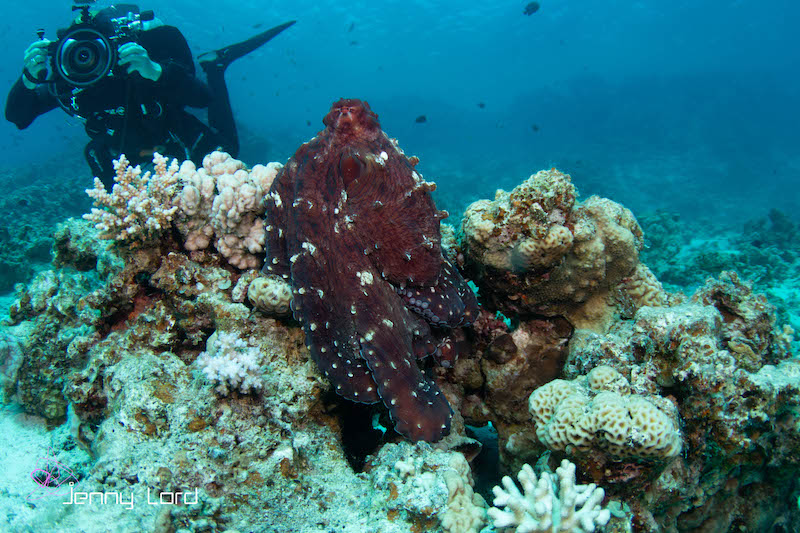
There are a lot of factors that affect our awareness. How many times have you seen someone playing with their dive computer underwater while other things happen around them that they’re totally unaware of?! Or someone who’s so stressed about navigating that they forget to look at their gas? This is why training and experience help, the more times you have seen or been in a situation, the more task loading you can take on and still keep awareness.
A great example of this is a student of mine. On his open water course, his buoyancy took most of his concentration. Because of this, he didn’t have the capacity to think about other things and would frequently forget to look at his SPG. As his progress improved, he started to remember to look at it but was still so focused on his buoyancy that he didn’t think about what the numbers he was looking at actually meant. He often couldn’t tell me afterwards where we’d been when I’d turned the dive or what his gas had been when I’d done so. His ability to notice things was reduced because of the overloading. As time went on, he got to the point where he would not only look at his gauge and understand what he was seeing but would then signal to me that it was time to turn the dive. Now, he will not only look at his gauge and know what it means, he also uses that information to decide whether he needs to shallow up to make his gas last longer. In other words, he has full awareness of the situation.
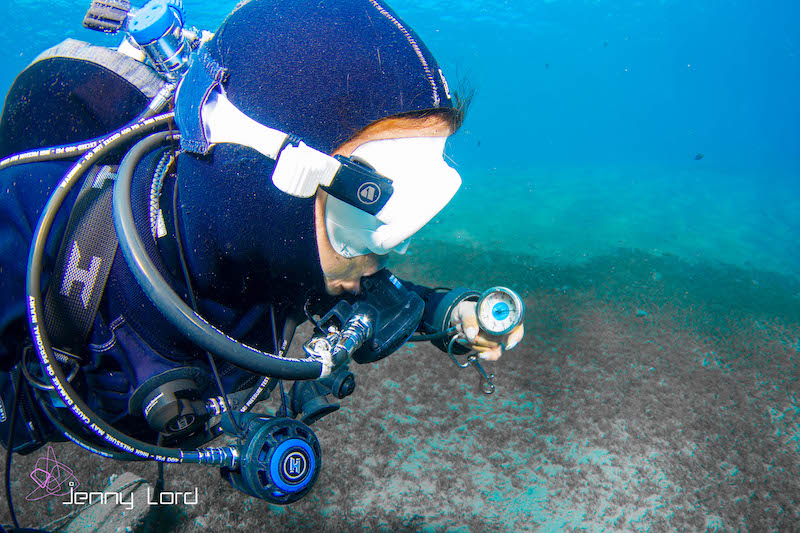
So to sum up, situation awareness consists of us collecting clues (Perception), understanding them (Comprehension) and knowing what the effect is likely to be (Projection). Other factors will affect these steps, so the more we can reduce stress, distractions and complexity, the easier it will be for us to maintain awareness.
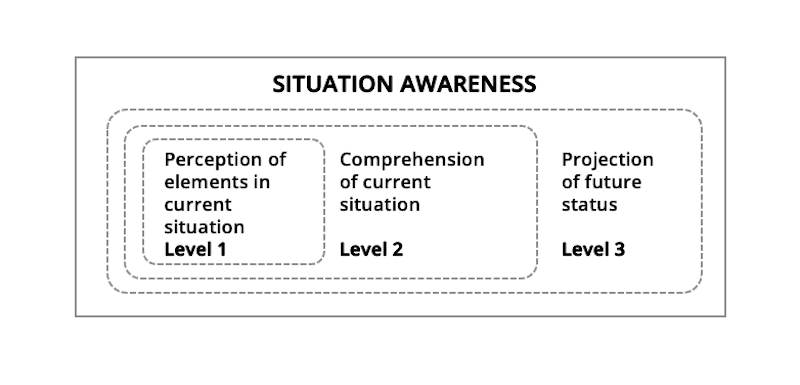
Next up in this series is decision making, or what we do once we’ve gathered the clues, understood them and figured out what they mean!
Other resources for you:
You can't pay MORE attention: the myth of 'loss of situation awareness' - https://www.thehumandiver.com/blog/cant_pay_MORE_attention
When The Rescuer Nearly Needs Rescued! - Task Fixation - https://www.thehumandiver.com/blog/rescuer-and-rescued
Jenny is a full-time technical diving instructor. Prior to diving, she worked in outdoor education for 10 years teaching rock climbing, white water kayaking and canoeing, sailing, skiing, caving and cycling, among other sports. Her interest in team development started with outdoor education, using it as a tool to help people learn more about communication, planning and teamwork.
Since 2009 she has lived in Dahab, Egypt teaching SCUBA diving. She is now a technical instructor trainer for TDI, advanced trimix instructor, advanced mixed gas CCR diver and helitrox CCR instructor.
Jenny has supported a number of deep dives as part of H2O divers dive team and works as a safety diver in the stunt industry.
If you'd like to deepen your diving experience, consider taking the online introduction course which will change your attitude towards diving because safety is your perception, visit the website.
Want to learn more about this article or have questions? Contact us.






